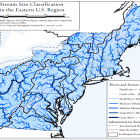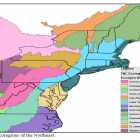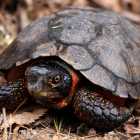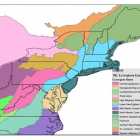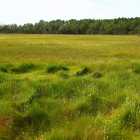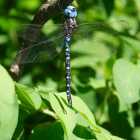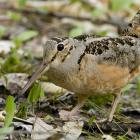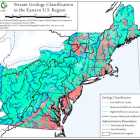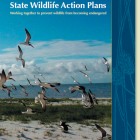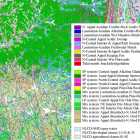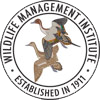The goal of this project is to ensure the understanding and widespread use of the Northeast Aquatic Habitat classification system by creating a printable web-based guide to the Northeast Aquatic Habitat Classification and GIS database. The guide will include: descriptions of the habitat types, example photographs, statistics and distribution patterns, guidance to using crosswalks to...
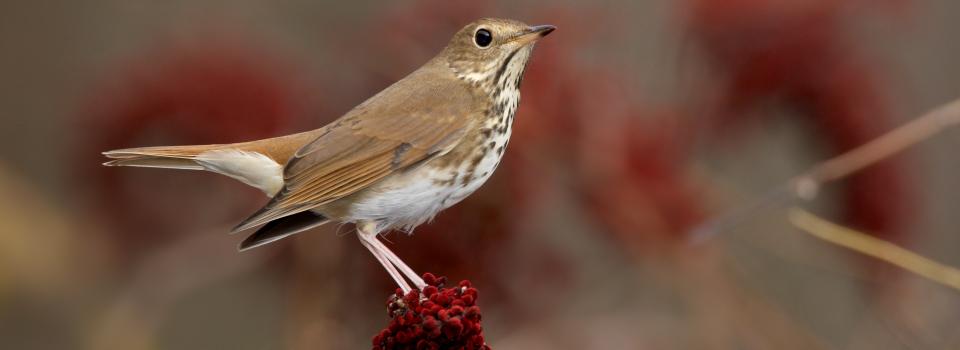
Hermit Thrush
Photo by: Robert Royse
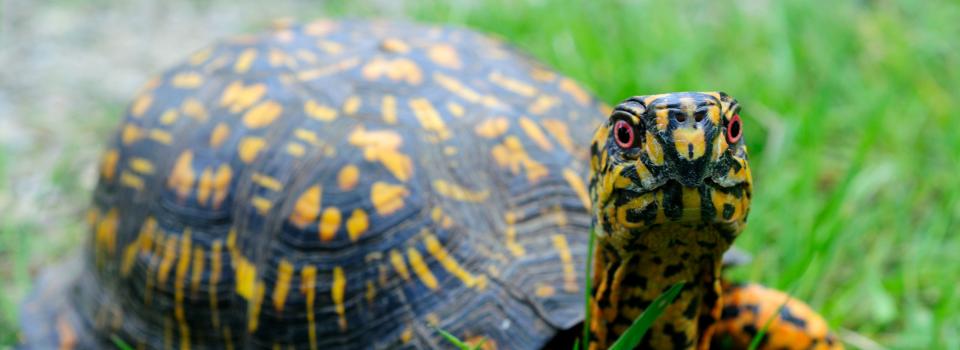
Box Turtle
Photo by: Jonathan Mays
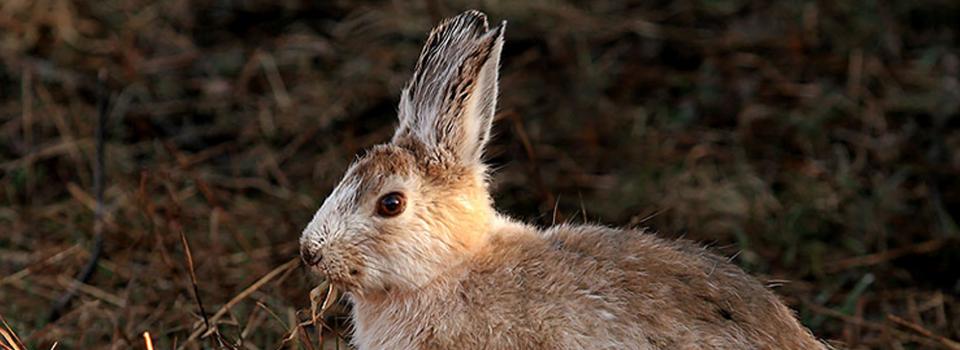
Snowshoe Hare
Photo by: Mike Hodgson

Timber Rattlesnake
Photo by: Kelly Wiley
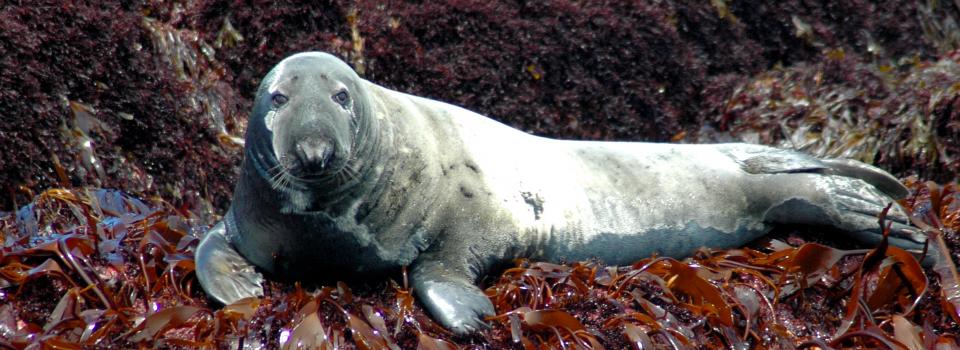
Gray Seal
Photo by: Jonathan Mays


